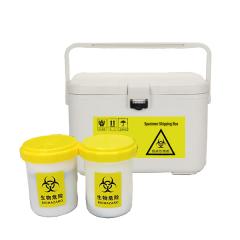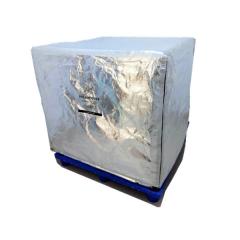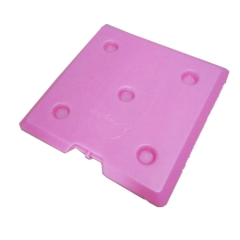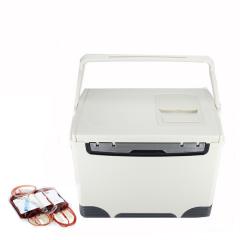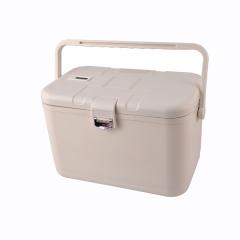In the world of perishable goods, maintaining temperature integrity along the cold chain isn’t just important—it’s essential. From pharmaceuticals to fresh produce, the integrity of temperature-sensitive products can make or break their quality, safety, and efficacy. In an era where global supply chains are becoming increasingly complex, ensuring that products remain within their required temperature range from production to delivery is a paramount challenge for industries reliant on the cold chain.
Critical Points of Control
Maintaining temperature integrity requires careful management at every stage of the cold chain, from production and packaging to transportation, warehousing, and distribution. Key points of control include:
Production and Packaging: Proper handling and packaging of temperature-sensitive products at the point of origin are crucial. This includes using insulated packaging materials and implementing temperature-monitoring devices to ensure products start their journey within the required temperature range.
Transportation: During transportation, whether by road, sea, air, or rail, maintaining consistent temperatures is vital. Refrigerated trucks, containers, and specialised packaging help mitigate temperature fluctuations, while real-time monitoring systems provide visibility into temperature conditions throughout the journey.
Warehousing and Storage: Temperature-controlled warehouses and storage facilities are essential for preserving product quality. These facilities are equipped with climate control systems and monitoring devices to ensure products are stored at the optimal temperature until they are ready for distribution.
Challenges and Solutions
Maintaining temperature integrity along the cold chain poses several challenges, including:
· Environmental Factors: External factors such as weather conditions, seasonal variations, and geographic locations can impact temperature control during transportation and storage. Implementing robust contingency plans and using advanced forecasting technologies can help mitigate these challenges.
· Regulatory Compliance: Strict regulations govern the transportation and storage of temperature-sensitive products, especially in industries like pharmaceuticals and food. Compliance with regulatory requirements, such as Good Distribution Practice (GDP) guidelines, is essential for ensuring product safety and legality.
Technology Integration: Leveraging technology solutions such as temperature-monitoring devices, data loggers, and blockchain-enabled platforms can enhance visibility and traceability across the cold chain. Real-time data analytics empower stakeholders to proactively address temperature deviations
Bottom Line:
To sum up, maintaining temperature integrity is not just a logistical challenge—it’s a strategic imperative for businesses operating in the cold chain industry. By implementing best practices, leveraging technology, and fostering collaboration across the supply chain ecosystem, stakeholders can safeguard the quality, safety, and efficacy of temperature-sensitive products, ultimately delivering value to consumers and enhancing brand reputation.

 日本語
日本語  English
English français
français русский
русский italiano
italiano español
español português
português العربية
العربية 한국의
한국의 magyar
magyar





